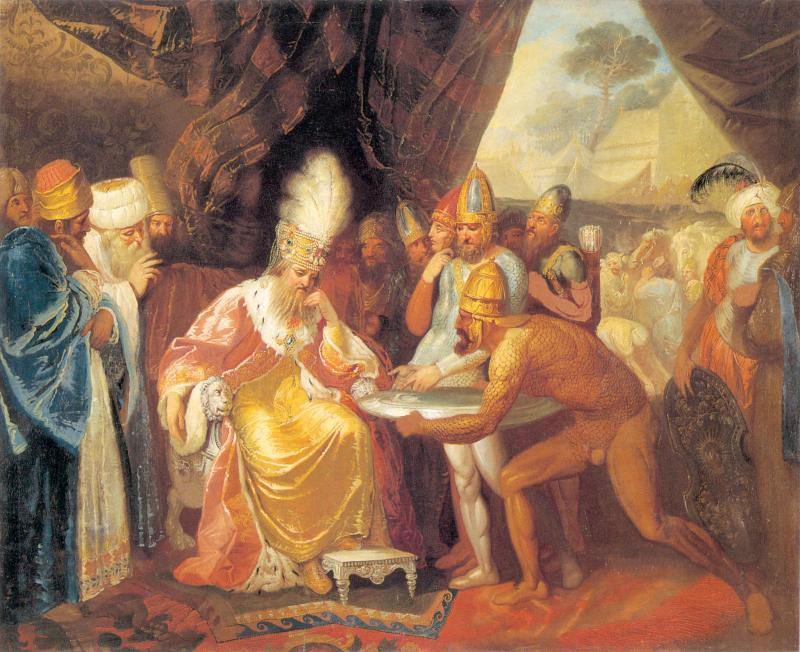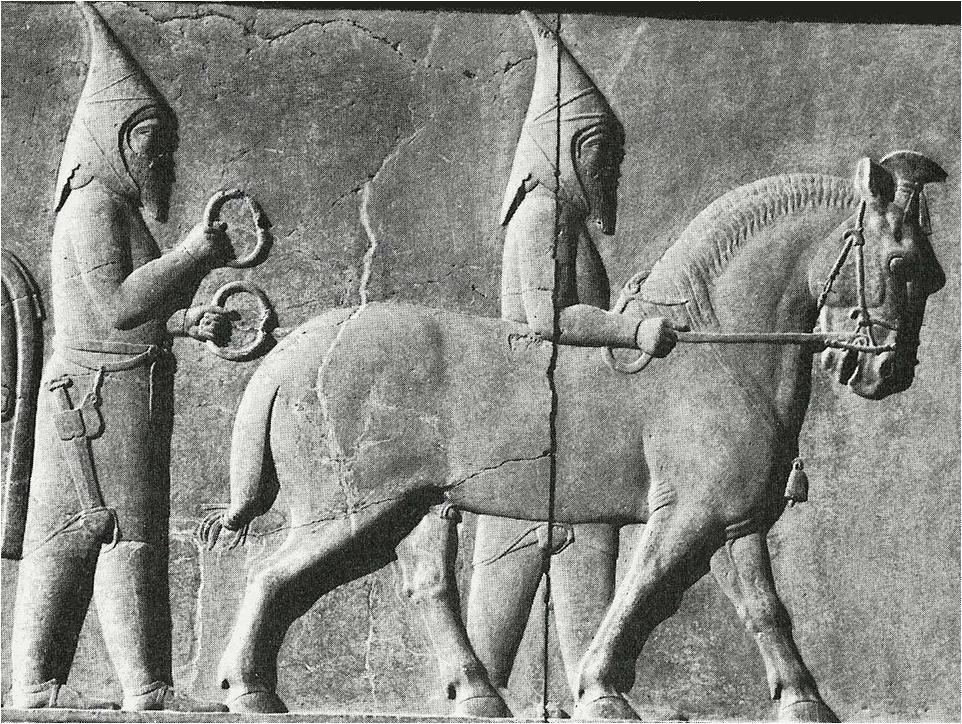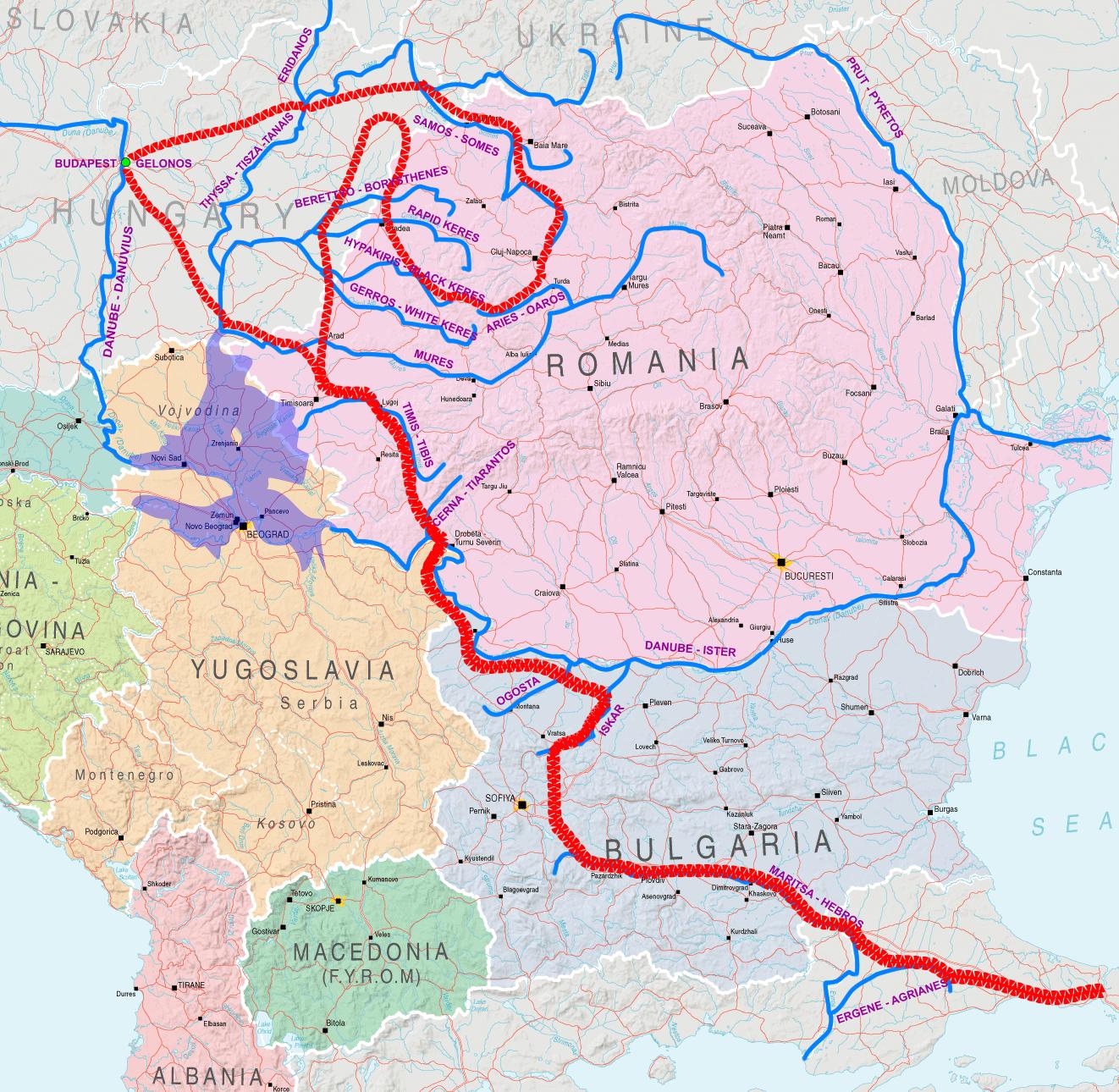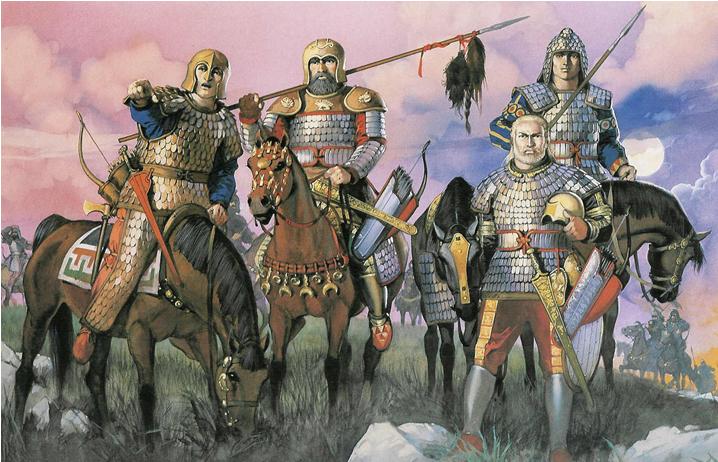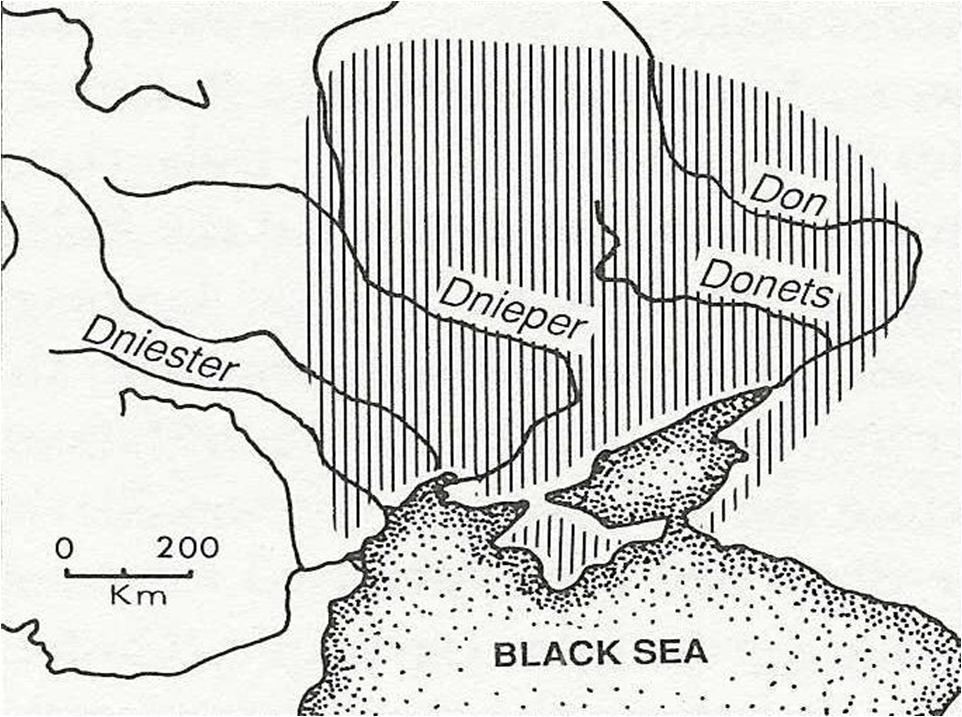Below is an article by the late Professor Shapour Shahbazi on the expedition of Darius the Great into European Scythia (roughly modern-day Ukraine and parts of Western Bulgaria and Rumania). Professor Bury was the first to rationally question Herodotus’ version of historical events.
Kindly note that the first scholar to question the veracity of Herodotus’ accounts of Darius’ invasion of the European Scythians was Professor J.B. Bury:
The article has been translated into Persian by Yusef Amiri:
- {داریوش بزرگ و سکاها} (pdf)
خلاص مقاله: داریوش اصلا به سکاها حمله ای نکرد و گسیلش نیروهایش احتمالا برای تصاحب معادن طلا زیبنبورگن بود که تنها در این امر موفق نبود چون سکاها ایونی ها را به شورش تحریک کردند. داستان هرودوت صرفا یک افسانه پردازی است. جالب است همانطور که مترجم مقاله یعنی یوسف امیری اشاره کرد عجیب این که با وجود این که 114 سال از نگارش این مقاله می گذرد هنوز از “شکست” داریوش از سکاها صحبت می شود.
See also article (in Persian) in the Asvaran Blog:
===============================================================
NOTE: For References pertaining to the article below, kindly consult the original version of this article in the CAIS website entitled: Darius the Great”.
A major event in Darius’ reign was his European expedition. The region from the Ukraine to the Aral Sea was the home of north Iranian tribes (Rostovtzeff; Vasmer) known collectively as Sakâ (Gk. Scythians). Some Sakâ had invaded Media (Herodotus, 1.103-06), others had slain Cyrus in war (1.201, 1.214), and some groups had revolted against Darius (DB 2.8).
As long as the Saka remained hostile his empire was in constant danger, and trade between Central Asia and the shores of the Black Sea was in peril (Meyer, pp. 97-99). The geography of Scythia was only vaguely known (Figure above), and it seemed feasible to plan a punitive campaign through the Balkans and the Ukraine, returning from the east, perhaps along the west coast of the Caspian Sea (Meyer, pp. 101-04; Schnitzler, pp. 63-71). [Click to Enlarge] Eastern Scythians or “Saka Tigrakhauda” (Pointed cap Saka) as depicted in Persepolis. The Scythians played an important role in the military machine of the Achaemenids. A branch of the Scythians or Saka, the Parthians, were to revive the Iranian kingdom after Alexander’s conquests and his Seleucid successors. Having first sent a naval reconnaissance mission to explore shores of the Black Sea (cf. Fol and Hammond, pp. 239-40), in about 513 Darius crossed the Bosporus into Europe (Shahbazi, 1982, pp. 232-35), marching over a pontoon bridge built by his Samian engineer, Mandrocles. He continued north along the Black Sea coast to the mouth of the Danube, above which his fleet, led by Ionians, had bridged the river; from there he crossed into Scythia (Herodotus, 4.87-88, 4.97). [Click to Enlarge]A map depicting Darius the Great’s invasion of Eastern Europe and Ukraine. The veracity of these events as narrated by Herodotus have been questioned (Picture Source: The Skriker Site). The Scythians evaded the Persians, wasting the countryside as they retreated eastward. After following them for a month Darius reached a desert and began to build eight frontier fortresses; owing to Scythian harassment of his troops and the October weather, which threatened to hinder further campaigning, he left them unfinished and returned via the Danube bridge. He had, however, “advanced far enough into Scythian territory to terrify the Scythians and to force them to respect the Persian forces” (Herodotus, 4.102-55; cf. Meyer, pp. 105-07; Macan, pp. 2-45; Prašek, II, pp. 91-108; Rostovtzeff, pp. 84-85; Junge, 1944, pp. 104-05, 187-88; Schnitzler, pp. 63-71; Fol and Hammond, pp. 235-43; Ùernenko, with further references). [Click to Enlarge]A reconstruction of the European Scythians (the Saka Paradraya) by the late Angus McBride. As noted by Cotterell “:..the close relations of the Scythians (Saka) with the Persians is perhaps most illustrative…in the … fact that the Scythians and Persians spoke closely related languages and understood each other without translators” (Cotterell, A. The Chariot: The Astounding Rise and Fall of the World’s First War Machine. London, England: Pimlico, 2004, p.61 ). Shortly afterward Megabyzus reduced gold-rich Thrace and several Greek cities of the northern Aegean; Macedonia submitted voluntarily (Herodotus, 4.143, 5.1-30), and Aryandes (q.v.), satrap of Egypt, annexed Cyrene (Libya; 4.167, 4.197-205). Four new “satrapies” were thus added to Darius’ empire: Sakâ tyaiy paradraya “Overseas Scythians,” Skudra (Thrace and Macedonia), Yaunâ takabarâ or Yaunâ tyaiy paradraya (Thessalians and Greek islanders), and Putâyâ (Libya). [Click to Enlarge] A Map by Professor P.J. Mallory that shows the Dniester, Dnieper, Donets and Don Rivers above the Black Sea in Eastern Europe. Professor Mallory notes that all of these river names are of Iranian origin: the term “Danu” is old Iranian for “Water/River” (like Celtic Danuvius) – hence the names “Don” and “Donets”. Dnieper is from the Old Iranic “Danu-Apara” [rear river] and Dniester from Old Iranic “Danu Nazdaya” [river to the front]. For more information consult: Mallory, J.P. (1989). In Search of the Indo-Europeans: Language, Archaeology and Myth. London: Thames & Hudson Ltd.

